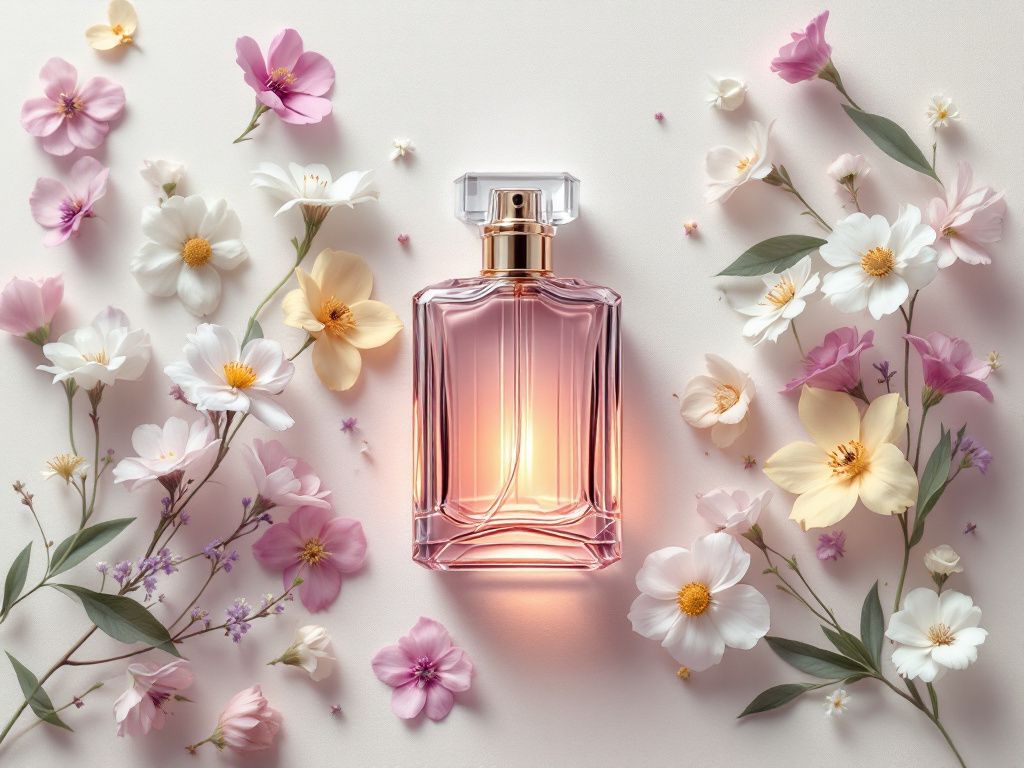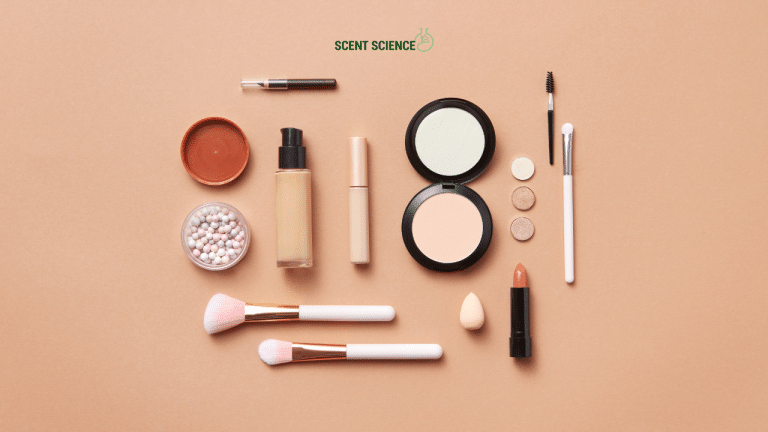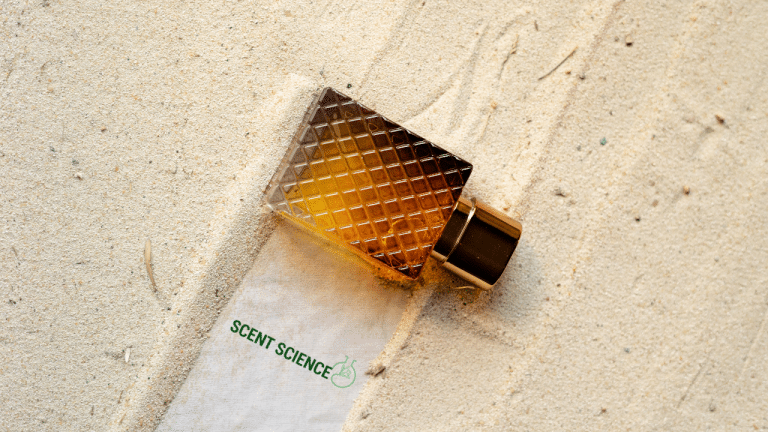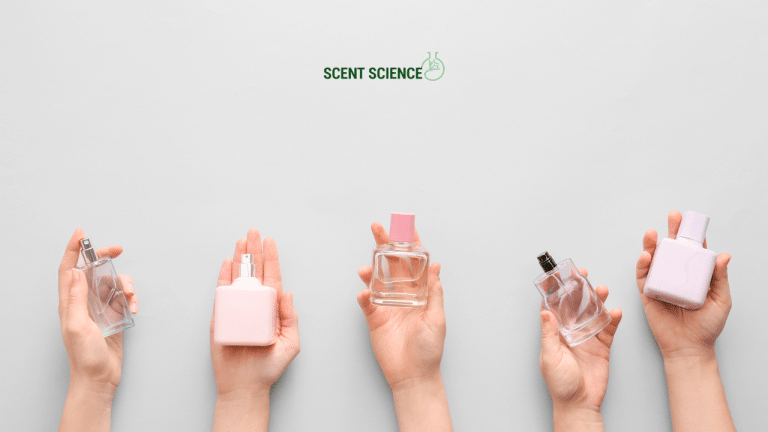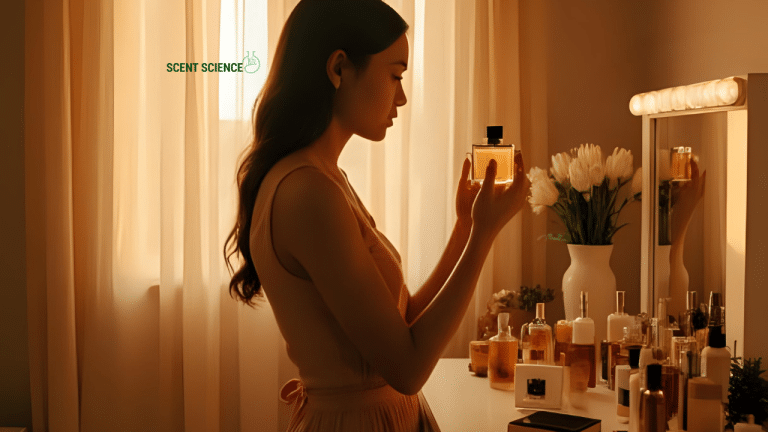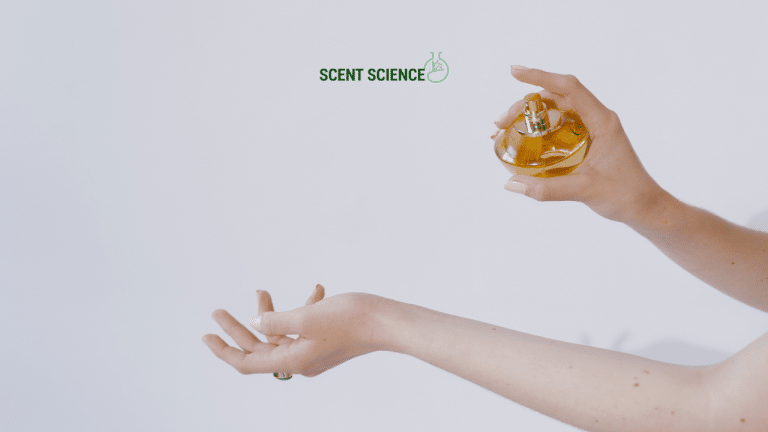Have you ever opened a bottle of perfume, inhaled, and thought, “Whoa, what exactly is in there?” You’re not alone. Many of us have wondered what magic concoction transports us from reality to a field of blooming roses or the exotic spiciness of faraway markets. Perfume ingredients have a way of drawing us in, and today, we’ll untangle the aromatic enigma these bottles of wonder hold. So, let’s dive right into the pools of iris, jasmine, and cedar, and explore the essential components found in these olfactory masterpieces.
Table of Contents
ToggleUnderstanding Perfume Ingredients: The Building Blocks
Perfumes aren’t just random drops of scent thrown into a pretty bottle. No way! They—like every good piece of art—are crafted from a well-thought-out blend of various perfume ingredients, each chosen for its particular aromatic properties that contribute to the whole experience.
The types of ingredients typically fall into three main categories: **natural oils**, **synthetic compounds**, and **alcohol base**. Together, these create what the industry calls the “perfume pyramid,” which is composed of top notes, middle notes, and base notes. These aren’t some obscure magic hierarchy, but rather, a planned release of aromas that hit your nose in a certain order—first impressions, heart, and lasting memory.
Top Notes: The Opening Act
Think of top notes like the intriguing appetizer in a three-course meal. They grab your attention instantly! Citrus components like bergamot, lemon, and grapefruit often feature here, waking up your senses with their light and fresh essence.
Sometimes spicy or aromatic hints like mint or lavender sneak into the top notes. They don’t stick around long—usually fading within 10 to 15 minutes—but they’re crucial in forming that first impression of a fragrance.
Middle Notes: The Heartbeat
As initial impressions fade, middle notes—or heart notes—take the stage. They’re the blend’s “full body,” usually with florals like rose, geranium, or jasmine, standing center stage. It’s that main course that holds you over and satisfies.

Spice-rich ingredients like cinnamon or nutmeg can also deepen these notes. They last longer compared to the top notes, sticking around for a couple of hours.
Base Notes: The Grand Finale
When everything else has gone, base notes linger. These are your lasting impressions. Think robust, warm ingredients like cedarwood, patchouli, or vanilla. Base notes anchor the perfume, giving it longevity. They interact and blend with the natural oils of your skin, sometimes lending a slightly unique scent to each person!
Delving Into Common Perfume Ingredients
Each ingredient in a perfume serves an essential role, contributing to the final symphony of scents. Let’s break down some popular ones and why they’re much more than just fancy names.
Natural Oils
Derived from nature, these oils are strong contenders in perfume making:
- Jasmine: Known as “Queen of the Night,” jasmine oil offers a rich, sweet fragrance. It enhances the heart notes, blending beautifully with other florals and even some woody bases.
- Rose: This highly sought-after essence can be delicate or deeply decadent. The magic lies in its duality—it holds both powdery and fresh floral hints.
- Sandalwood: With its creamy, woody scent, sandalwood acts as the perfect base note, providing warmth, deepness, and an appealing anchor for lighter scents.
Synthetic Compounds
Often, natural extraction can be costly or unsustainable. Enter synthetics:
- Calone: Often used for fresh, marine notes, calone delivers a strong sea breeze quality into perfumes.
- Coumarin: With a vanilla and freshly mowed hay scent, it’s often in the mix for its sweet, comforting background note.
- Aldehydes: Bright and sparkly, aldehydes electrify a fragrance, giving it a nudge of vibrancy and lift.
Fixatives and Bases

These stable components hold everything together, much like a string tying a bouquet.
- Musk: Natural musk is rare and often replaced by synthetic counterparts. It provides depth and adds warmth to the blend.
- Amber: Offers a sweet, woody, and slightly metallic scent that’s comforting and ever-present as a magnificent base note.
The Science Behind the Scent: How Do Perfumes Work on Our Minds?
It’s no exaggeration to say that perfumes have an almost magical hold over us. But what’s the science here? Well, it all boils down to olfactory fatigue and olfactory memory.
Firstly, scents are linked tightly with memory and emotion because of their close relationship with the brain where memory and decisions form. When we catch a sniff of a particular scent—say from vanilla or citrus—it can bring back memories rapidly, sometimes even startlingly so.
On top of that, after being exposed to a specific perfume for some time, our brain adapts and starts to ignore it, leading to olfactory fatigue. You might miss the presence of an alt perfume throughout the day, while those around you are still indulged in its magnificence.
Actionable Steps for Selecting Your Ideal Scent
Armed with this knowledge of perfume ingredients, picking your next fragrance masterpiece can be a breeze. Let’s walk through some tips to hone in on that one delicious bottle waiting for you.
Assess the Mood
Consider the occasion or mood you’re aiming for. Are you in need of an invigorating, energetic experience (think citrus and light florals), or something grounding, maybe for an evening out (woody or warm oriental tones)?
Test It Out

Visit a perfume counter—start with a bare wrist or moist testing paper as a base for sampling. Spritz a few with varied notes and wait. Top notes hit first but give it some time before making any decisions; middle notes and ultimately base notes will emerge with their full grace usually within two hours!
Let Chemistry Do Its Thing
Remember that your body chemistry will affect how a fragrance smells on you–unique skin oils and temperature shift scent profiles. So never make a snap decision based only on a top note impression.
Revisit and Decide
After about an hour or two, see what’s unfolding. If you’ve found that balance of head-turning quality combined with personal likeliness to the specific signature fragrance profile, then… congratulations! You’ve not just found a bottle of perfume—you’ve potentially unlocked a piece of identity.
Common Mistakes to Avoid
Conversely, to set yourself up for success, let’s address pitfalls to sidestep:
- Don’t try too many perfumes at once—it’ll overwhelm senses.
- Avoid testing on areas you’ve just moisturized; it might alter the scent.
- Don’t buy based by persuasion alone—a beloved friend’s scent match won’t necessarily resonate similarly with your chemistry.
Wrapping Up: The Perfume Puzzle
Weaving through top notes to base, understanding individual perfume ingredients bit by bit illuminates how nuanced and personal fragrance is. You’ve unfolded aromatic mysteries associated with curiosity, deciphered ingredient truths, and developed steps toward becoming both a seeker and creator in the perfume world.
Next time anyone asks, “What is that wonderful scent?” you’ll confidently say not just the perfume name—but also know the essence music flowing from that curation. Remember, perfume isn’t just about the attraction—it’s artful expression, pure presence.
So there you have it. Dive into the world of perfume ingredients whenever curiosity strikes, and let scent be an ever-present tune that accentuates your personal symphony!
Frequently Asked Questions
What are the components of perfume ingredients?
Perfume ingredients are a mix of natural extracts, essential oils, and laboratory-made aroma-chemicals. These components include aromatic compounds derived from plants, as well as synthetic chemicals that enhance and balance the scent characteristics of natural ingredients[1][4][5).
Why are synthetic ingredients used in perfumes?
Synthetic ingredients are used to enhance and balance the scent characteristics of natural ingredients. They allow perfumers to create unique and complex fragrances that are not possible with natural ingredients alone. Synthetic molecules also provide a wider range of scent options, with over 3,000 synthetic molecules available compared to the hundreds of natural fragrance ingredients[1][4][5).
What are the potential health risks associated with perfume ingredients?
Some perfume ingredients, such as phthalates, parabens, synthetic musks, and styrene, can pose health risks. These chemicals have been linked to issues like hormone disruption, respiratory problems, and potential carcinogenic effects. Additionally, they can cause skin, eye, nose, and throat irritation and may contribute to conditions like asthma[2][4][5).
Why is it important to know the specific ingredients in perfumes?
Knowing the specific ingredients in perfumes is crucial because many fragrance ingredients can be toxic or cause allergic reactions. Companies are often not required to disclose individual fragrance ingredients due to trade secrets, leaving consumers unaware of potential health risks. Transparency in ingredient disclosure helps consumers make informed choices, especially for those with sensitivities or allergies[2][4][5).
References
